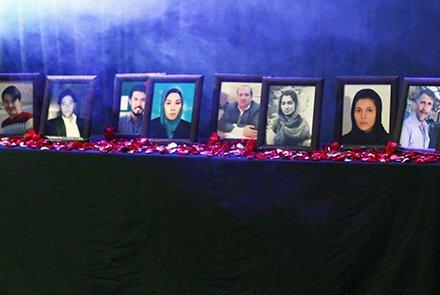Four years ago today, seven employees from MOBY Group–one of the biggest media companies in Afghanistan–were killed in a targeted car bombing by the Taliban in Kabul.
But since 2016, Afghanistan remains the deadliest country for journalists and media workers, according to those working in the field.
Figures by journalists’ safety organizations show that 56 journalists and media workers have been killed in different incidents since 2016.
The seven employees killed in the attack were as follows:
1. Mohammad Jawad Hussaini:
Hussaini worked for seven years as a video editor at Moby Group.
2. Zainab Mirzaee:
Mirzaee was a Dari dubbing artist at Moby Group.
3. Mehri Azizi:
Azizi worked in the graphics department at MOBY Group for five years.
4. Mariam Ibrahimi:
Ibrahimi was a dubbing artist at Moby Group for six years.
5. Mohammad Hussain:
Hussain worked as a driver for MOBY Group for six years.
6. Mohammad Ali Mohammadi:
Mohammadi worked at MOBY Group as a Dari dubbing artist five years.
7. Hussain Amiri
Amiri worked in the decoration department in MOBY Group for eight years.
“Unfortunately, four years after the killing that was done by the Taliban, the results of the investigation and the details of this crime have still not been made public,” said Reza Moeeni, head of the Reporters Without Borders organization for Afghanistan and Iran.
“The Taliban does not believe in freedom of speech. They use ugly treatment against those who work in this respect,” said Mujib Khalwatgar, head of Nai, an organization that supports open media.
Figures by press rights organizations report that 13 reporters were killed in 2016, 20 in 2017, 17 in 2018, and five in 2019 in attacks by the Taliban and other insurgent groups.
“Media outlets are under threat from different areas. The reason is that Afghanistan’s media, especially the major ones, are making information public and showing realities about the society to the people,” said Abid Mashal, a reporter.
“The major threat is from terrorism and meanwhile other threats are from government officials and mafia groups and criminals. There are different causes to explain the increase in threats against media,” said Nazari Paryani, a journalist.

